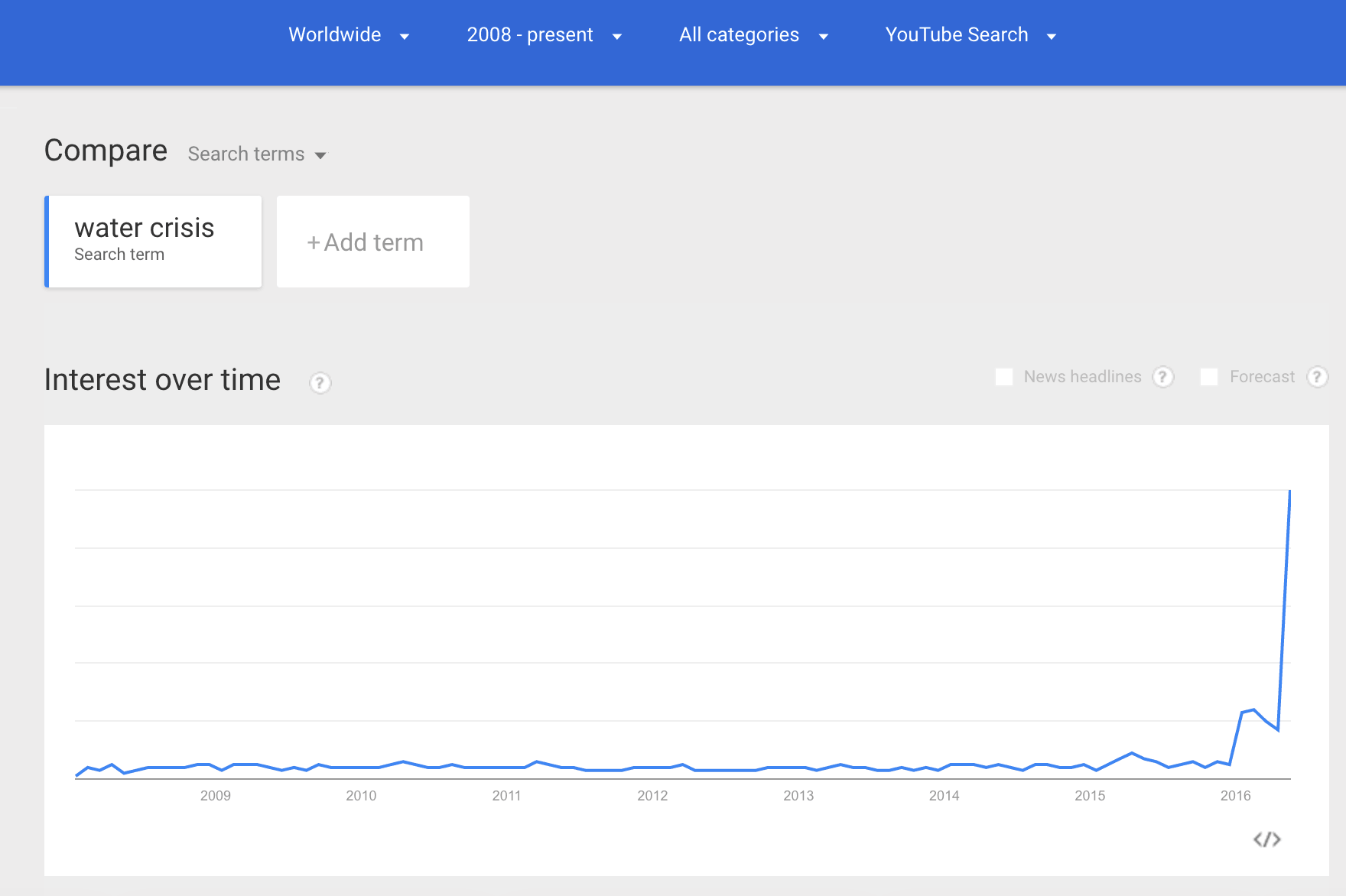
How to do YouTube Keyword Research
Did you know that YouTube search is the second biggest search engine in the world? If your nonprofit has video content, you should absolutely leverage SEO for YouTube. YouTube keyword research can be intense, but don’t worry!
We use these five SEO tactics for YouTube keyword research:
- Find YouTube auto-suggestions
- Use ‘video’ keywords
- Get search volume data from Google’s Keyword Planner
- Do a Google search
- Don’t forget YouTube Trends
The insights you uncover through this process can be hugely important. So, let’s get started.
5 Steps for YouTube Keyword Research:
1. Find YouTube Auto-Suggestions

The first step is finding YouTube auto-suggestions. Let’s say you want to know what keywords people are searching for related to ‘water crisis’. Type your keyword in YouTube’s search bar and see what suggestions pop up.
Next, type in your keyword followed by each letter of the alphabet and see what comes up. Apply this method to other relevant keywords that YouTube suggests in order to view additional YouTube auto-suggestions. And so on, and so forth.
This tool will help you come up with useful keyword ideas for YouTube. You don’t have to sign up for the Pro version because the Google Keyword Planner provides this information free of cost.
2. Use ‘Video’ Keywords
Comprise a list of keywords (e.g. from your website or the Google Analytics ‘Search Terms’ report) and use the Google Keyword Planner to get more ideas. Add the word ‘video’ and/or ‘videos’ to each keyword that you have found in step 1 and 2. You can use the keyword multiplier or Google spreadsheets/Excel to do this.
3. Get Search Volume Data from Google Keyword Planner
Now that you have a long list of keywords, run them through the Google Keyword Planner to see the search volume for each term.
Alternatively, you could use the Display Planner and filter for ‘videos’. Keep in mind that the display network includes a lot of inventory outside of YouTube. You can ‘exclude’ YouTube, but you can’t view results for only YouTube.
The Keyword Planner gives you insight into the terms users search for more often. You could also potentially get your video to rank on Google search (which brings us to our next step).
4. Do a Google Search (optional)
If you want to know if your video could potentially rank in regular Google search, this step is for you. If you are focusing on searches within YouTube, skip this step.
Once you have a spreadsheet with the corresponding search volume for your keywords, do a Google search for each keyword (or a subset that you’re interested in) to see if Google ranks videos on the first (two) page(s). Take note if this is the case.
Generally speaking, we have found that Google ranks videos for the following keywords:
- How to- keywords
- Reviews
- Tutorials
- Anything fitness or sports related
- Funny videos (e.g. cute animals)
- Anything music or dance related
- Animations
- Documentaries
- DIYs
5. Don’t Forget YouTube Trends
Finally, another helpful tool is Google Trends, which allows you to view search volume for a keyword over time as well as filter for ‘YouTube Search’.

As you can see, the term ‘water crisis’ has exploded over the last few months (due to the Flint Water Crisis). It is certainly helpful to stay on top of trends to take advantage of fluctuations in search volume, but it’s even more important to recognize when an increase in popularity isn’t relevant to your cause. For example, organizations that are focused on the ‘water crisis’ in Africa might not benefit from this trend. Use Google Trends for YouTube Search and make sure you’re in the loop.
Now it’s your turn! Follow our guide to complete the YouTube Keyword Research process and find the most popular terms that your cause can leverage. Bonus points if you take it one step further by categorizing your keyword list. Empower your organization by analyzing the data and gathering interesting insights. Good luck!
Learn more about how you can use these keywords to optimize your videos and your channel and make sure to subscribe to our newsletter to stay up to date on the latest SEO trends.